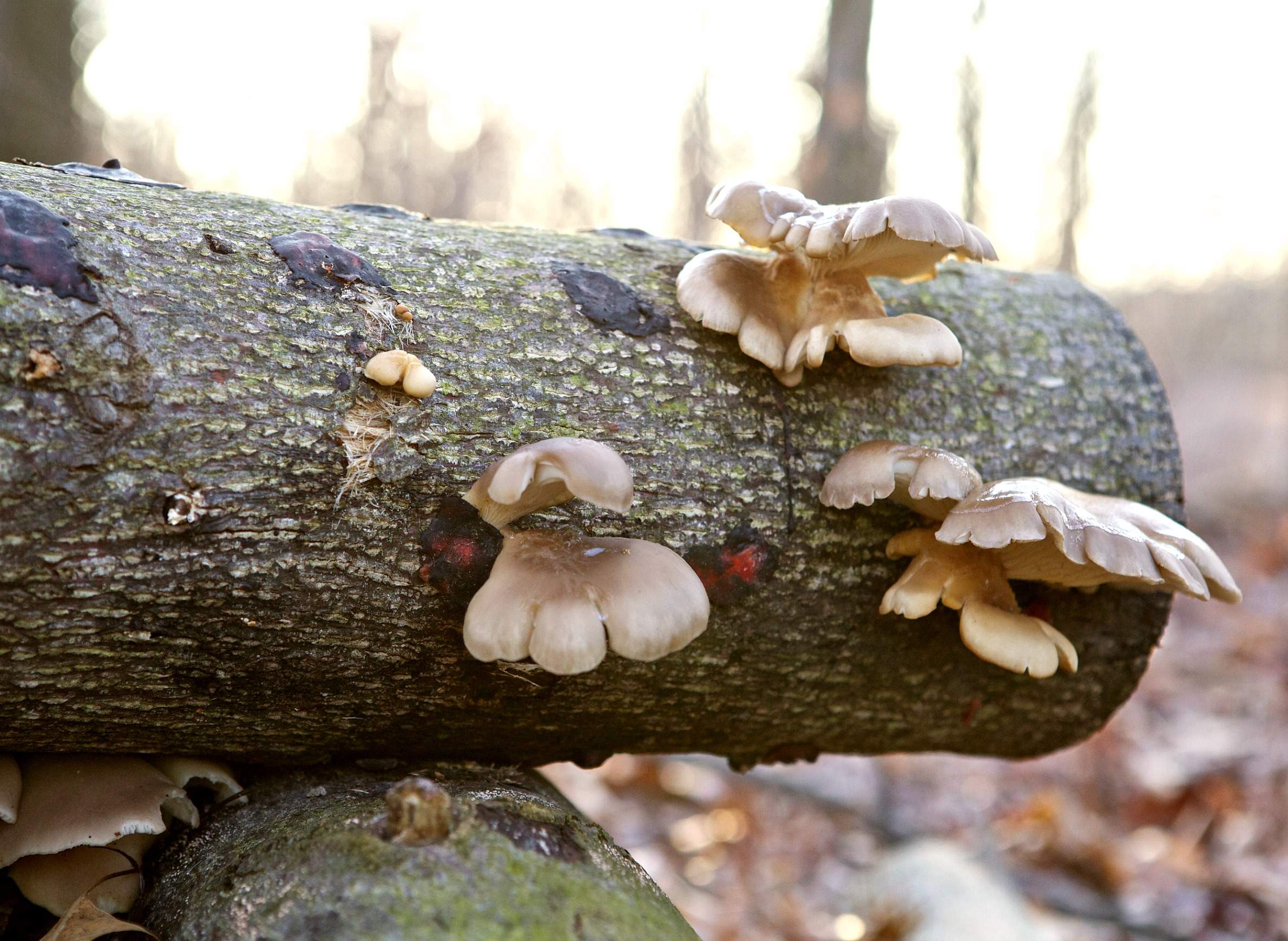
Some varieties of mushrooms can grow outside from spring through fall.

Some varieties of mushrooms can grow outside from spring through fall.
Cultivating mushrooms for food and beauty may appear to be the threshold of an esoteric and even intimidating mycological universe. But it's a more accessible pursuit than some might assume, largely because these fungi can grow under many different conditions.
Lindsey Bender, a mycologist at the Peshtigo-based mushroom-cultivation company Field and Forest Products, delved into many of the options that work for Wisconsinites in a Feb. 12, 2016 presentation at the Wisconsin Garden Expo in Madison. Her talk was recorded for Wisconsin Public Television's University Place.
People can cultivate mushrooms outdoors spring through fall, and those who have the space to set up indoor fungus farms can even go year-round. With different varieties of mushrooms — and different strains within those varieties — come a host of different flavors and textures. What makes fungiculture difficult, though is that the preparation process, moisture and temperature requirements, and timing of cultivation and harvesting will vary with the type of mushroom being cultivated.
Bender discussed several varieties of mushrooms, starting with those easiest to cultivate and advancing to increasingly difficult options. She also talked about some of the products and methods that can help new mushroom growers get started, and described several the special growing projects Field and Forest Products has conducted. Whether someone is looking for a few mushrooms to contrast with plants in an existing garden, or is prepared to invest in a more elaborate setup, Bender explained, there's a variety that will grow.
Key facts
Key quotes